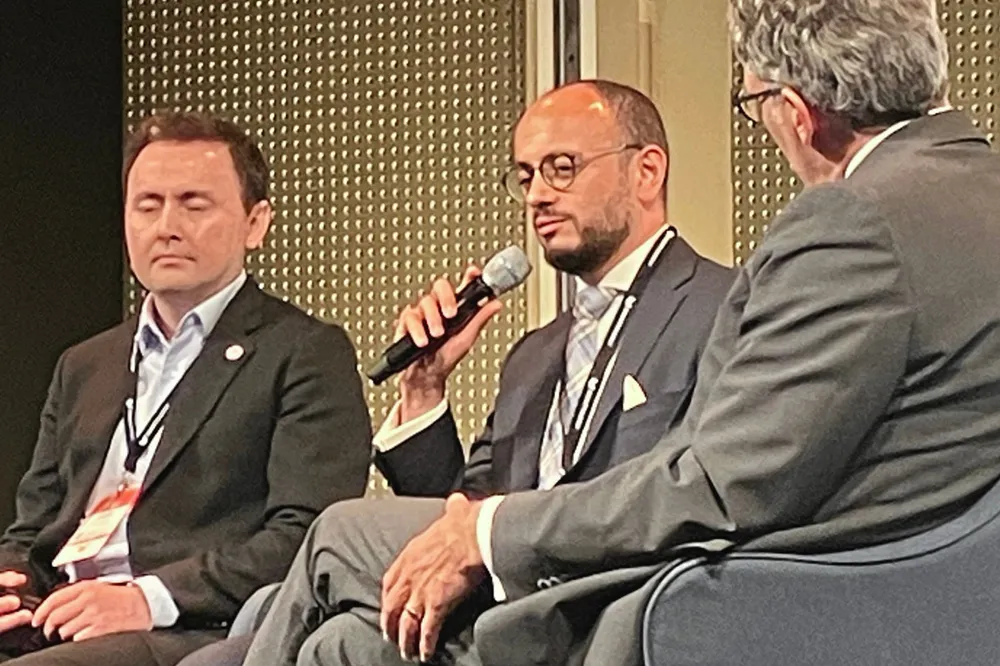'Money is not an issue' for green hydrogen projects — and here's how you succeed without subsidies: ACWA
Success depends on four key ingredients, but don’t underestimate the impact of a supportive government, says Saudi firm behind Neom green H2 scheme
